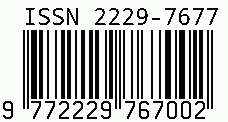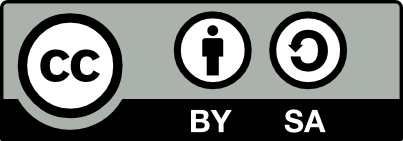
International Journal on Science and Technology
E-ISSN: 2229-7677
•
Impact Factor: 9.88
A Widely Indexed Open Access Peer Reviewed Multidisciplinary Bi-monthly Scholarly International Journal
Plagiarism is checked by the leading plagiarism checker
Call for Paper
Volume 16 Issue 3
July-September 2025
Indexing Partners



















Comparative Impact of Clean Municipal water and Domestic Wastewater Irrigation on Mineral Composition and Morphological Traits of Ocimum sanctum L.
| Author(s) | Anjali Varshney, Nikki Nikam, Hitesh Solanki |
|---|---|
| Country | India |
| Abstract | This study presents a comparative analysis of the effects of clean municipal water and domestic wastewater with high salinity on the growth and mineral content of Ocimum sanctum (commonly known as Tulsi), a widely used medicinal plant. Two sets of plants were cultivated under controlled pot conditions using standard agricultural soil: one irrigated with clean municipal water and the other with high-salt-content domestic wastewater, including borewell water. Over an 81-day period, morphological observations and mineral content analysis were conducted to assess the influence of irrigation type. Key parameters such as sodium (Na), potassium (K), calcium (Ca), and iron (Fe) concentrations were analyzed in the plant tissues. Results indicated comparable levels of these essential nutrients in both treatments. However, variations were observed in morphological traits, suggesting that while wastewater can serve as an alternative irrigation source without significantly altering the plant's nutrient uptake, it may influence plant development. These findings align with prior research demonstrating the potential of treated wastewater in irrigation without compromising crop quality (Toze, 2006; Qadir et al., 2007). The study supports the reuse of treated wastewater in sustainable agriculture, with considerations for plant-specific morphological responses. |
| Keywords | Tulsi, Domestic Wastewater, Mineral Composition, Soil. |
| Field | Biology > Agriculture / Botany |
| Published In | Volume 16, Issue 2, April-June 2025 |
| Published On | 2025-06-02 |
| DOI | https://doi.org/10.71097/IJSAT.v16.i2.5860 |
| Short DOI | https://doi.org/g9m286 |
Share this


CrossRef DOI is assigned to each research paper published in our journal.
IJSAT DOI prefix is
10.71097/IJSAT
Downloads
All research papers published on this website are licensed under Creative Commons Attribution-ShareAlike 4.0 International License, and all rights belong to their respective authors/researchers.

